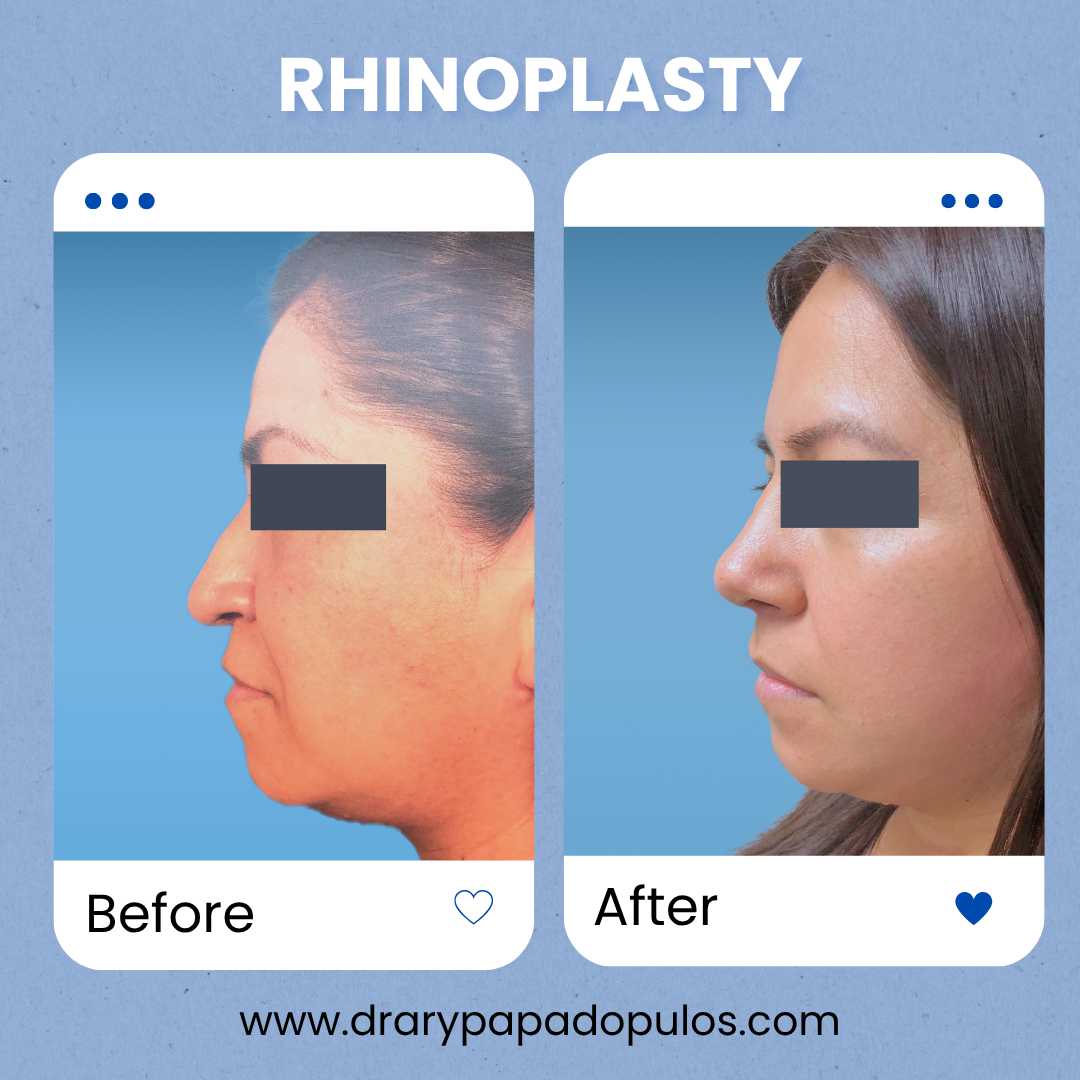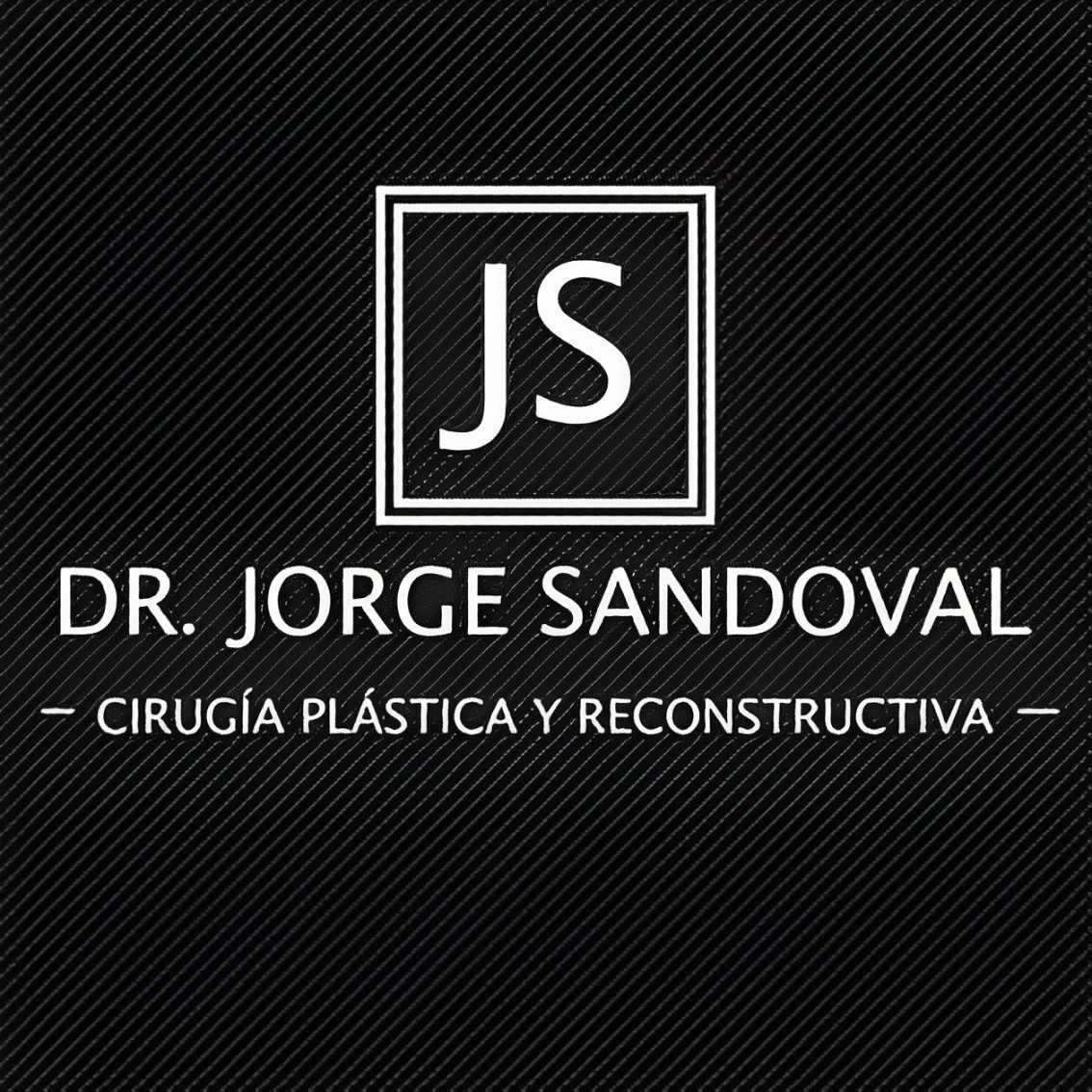Guide to Understanding Hair Transplant Permanence in Mexico
.jpg)
If you're considering a hair transplant, one of the most pressing questions on your mind is likely about the longevity of the results. Specifically, if you're looking at options in Mexico, you might wonder, "Are hair transplant results from Mexico permanent?"
It's a valid and important question, and the good news is that for the vast majority of cases, the answer is a resounding yes. Hair transplants, when performed correctly by skilled professionals, offer a permanent solution to hair loss, regardless of the country where the procedure takes place, and Mexico has emerged as a leading destination for this sophisticated treatment.
The permanence of hair transplant results hinges on a fundamental biological principle: the genetic characteristics of the donor hair follicles. These follicles are typically harvested from the back and sides of your scalp, areas naturally resistant to the hormones that cause pattern baldness.
When these resistant follicles are transplanted to thinning or bald areas, they retain their genetic programming and continue to grow hair for a lifetime. This makes a hair transplant a durable and effective solution for many individuals experiencing hair loss. Understanding this process is key to appreciating why Mexico’s reputable clinics can offer permanent results, just like those in other top medical destinations.
Are hair transplant results from Mexico truly permanent?
The permanence of hair transplant results, whether performed in Mexico or anywhere else in the world, stems from the biological nature of the transplanted hair follicles. These follicles are extracted from the "donor area," typically located at the back and sides of the head. Hair in these regions is genetically programmed to be resistant to dihydrotestosterone (DHT), the hormone primarily responsible for male and female pattern baldness.
When these DHT-resistant follicles are meticulously transplanted to areas of the scalp experiencing hair loss, they retain their genetic resistance. This means they will continue to grow hair naturally and robustly for the rest of your life, effectively filling in balding areas with hair that won't fall out due to genetic predisposition.
The success and permanence are less about the geographical location and more about the precision of the procedure and the inherent properties of the donor hair.
What factors affect the permanence of a hair transplant in Mexico?
While hair transplant results are designed to be permanent, several critical factors influence their long-term success. The most significant factor is the expertise and experience of the surgeon performing the procedure. A highly skilled surgeon ensures that follicles are extracted and implanted correctly, minimizing damage and maximizing survival rates.
This involves using advanced techniques like Follicular Unit Extraction (FUE) or Follicular Unit Transplantation (FUT) with precision.
Clinic accreditation and adherence to international medical standards are also vital. Reputable clinics in Mexico invest in state-of-the-art equipment, maintain sterile environments, and employ trained medical staff. Furthermore, diligent post-operative care by the patient is crucial.
Following all instructions, including medication, scalp washing, and avoiding strenuous activities, helps the transplanted grafts heal and settle properly. Lastly, while transplanted hair is permanent, existing non-transplanted hair in other areas of the scalp may continue to thin due to ongoing genetic hair loss, potentially requiring future treatments to maintain overall density.
How long do hair transplant results from Mexico last?
The goal of a hair transplant, whether performed in Mexico or elsewhere, is to provide a permanent solution to hair loss. This means the transplanted hair is expected to continue growing for the remainder of your life. The longevity is not an estimate of several years but rather an expectation of lifelong hair growth from the transplanted follicles.
It's important to differentiate between the permanence of the transplanted hair and the natural aging process or progression of hair loss in other areas of the scalp. While the transplanted hair will remain, your existing non-transplanted hair might still be susceptible to genetic balding over time.
For this reason, some patients may opt for medical treatments or additional procedures years later to maintain density in areas not initially treated. However, the hair that was transplanted itself will typically stay put and continue to grow as it naturally would in its original donor location.
Is a hair transplant in Mexico a safe procedure?
Hair transplant procedures, including those performed in Mexico, are considered very safe when undertaken by qualified medical professionals in appropriate clinical settings. Mexican clinics specializing in medical tourism often meet or exceed international safety and hygiene standards, particularly those catering to an international clientele. These facilities typically use modern equipment and follow strict protocols to minimize risks.
Safety is paramount in any medical procedure, and patients considering a hair transplant in Mexico should prioritize clinics with demonstrable credentials. This includes surgeons who are board-certified, facilities that hold international accreditations, and teams that emphasize patient safety, comfort, and comprehensive aftercare. By choosing a reputable provider, you can significantly reduce any potential risks and ensure a safe experience.
What is the recovery time for a hair transplant in Mexico?
The recovery process after a hair transplant is crucial for the success of the procedure, and it generally follows a predictable timeline whether you have the surgery in Mexico or elsewhere. Immediately after the procedure, you'll experience some redness, swelling, and small scabs in both the donor and recipient areas. This initial phase typically lasts for about 7 to 14 days. During this time, it's essential to follow all post-operative instructions carefully, especially regarding washing and protecting the newly transplanted grafts.
Around 2-4 weeks post-op, many patients experience "shock loss," where the newly transplanted hairs shed. This is a normal part of the process and indicates that the follicles are entering a resting phase before new, permanent hair growth begins. Visible new hair growth typically starts around 3-4 months, becoming more noticeable by 6-8 months. Full and mature hair growth, where the density and final look are achieved, usually takes about 12-18 months. Patience is key during this period as the results gradually become apparent.
Are there any risks or side effects associated with hair transplants in Mexico?
Like any surgical procedure, hair transplants, including those in Mexico, carry some potential risks and side effects, though most are minor and temporary. Common side effects include temporary swelling in the forehead and around the eyes, redness in the treated areas, and mild discomfort or numbness in the donor and recipient sites. These typically resolve within a few days to a couple of weeks.
More significant complications are rare but can include infection, excessive bleeding, folliculitis (inflammation of the hair follicles), or unsatisfactory cosmetic results like unnatural hairline placement or poor graft survival. Choosing a highly reputable clinic with experienced surgeons and strict hygiene protocols significantly minimizes these risks. During your consultation, a good clinic will thoroughly discuss all potential risks and how they manage them to ensure your safety and the best possible outcome.
Why is Mexico a popular destination for hair transplant medical tourism?
Mexico has firmly established itself as a leading destination for medical tourism, and hair transplants are no exception. One of the primary drivers of this popularity is the significant cost savings compared to procedures in countries like the United States or Canada, without compromising on quality. Patients can often achieve the same high-standard results at a fraction of the price, making hair restoration more accessible.
Beyond cost, Mexico boasts a growing number of world-class medical facilities equipped with modern technology and staffed by highly trained, board-certified surgeons who have extensive experience in hair restoration. Many of these professionals have received training internationally and are adept at serving an international clientele.
The convenience of travel for North American patients, combined with the opportunity to recover in a pleasant environment, further enhances Mexico's appeal as a medical tourism hub for hair transplants.
How do I choose a reputable hair transplant clinic in Mexico?
Selecting the right clinic for your hair transplant in Mexico is paramount to ensuring both safety and satisfactory, permanent results. Start by verifying the surgeon's credentials; they should be board-certified in plastic surgery or dermatology with specialized training and extensive experience in hair restoration. Look for clinics that have international accreditations or affiliations, as this often indicates adherence to global standards of care and safety.
Transparency in pricing and clear communication regarding the procedure, expected outcomes, and potential risks are also key indicators of a reputable clinic. Reviewing patient testimonials and before-and-after photos can provide valuable insights into other patients' experiences and the quality of the clinic's work. Finally, ensure the clinic offers robust post-operative care and support, as proper aftercare is crucial for optimal healing and results.
What is the typical cost of a hair transplant in Mexico compared to other countries?
One of the most compelling reasons individuals choose Mexico for hair transplants is the cost-effectiveness. The overall price for a high-quality hair transplant procedure in Mexico is considerably lower than in many Western countries, primarily due to lower operating costs, overheads, and insurance expenses.
To illustrate the cost difference, here's a general comparison:
| Country | Average Cost Range (USD) |
|---|---|
| Mexico | $3,000 - $8,000 |
| United States | $8,000 - $25,000+ |
| Canada | $7,000 - $20,000+ |
| Turkey | $2,000 - $6,000 |
| United Kingdom | $5,000 - $15,000 |
These figures are estimates and can vary based on the number of grafts required, the surgeon's reputation, the clinic's location within Mexico, and the specific technique used (FUE or FUT). However, the general trend indicates substantial savings, making Mexico an economically attractive choice for individuals seeking permanent hair restoration.
What should I consider when planning medical travel to Mexico for a hair transplant?
Planning medical travel for a hair transplant in Mexico involves more than just selecting a clinic. You need to consider all aspects of your trip to ensure a smooth and stress-free experience. Thorough research into the surgeon's qualifications and the clinic's safety records is paramount. Confirm that the clinic is well-regarded for its hygiene practices and follows international standards for patient care.
Logistically, plan your travel well in advance. Check passport and visa requirements, arrange flights, and book accommodation that is convenient to your clinic. Many clinics catering to international patients offer assistance with travel arrangements or have partnerships with local hotels.
Consider travel insurance that covers medical emergencies abroad. It is also beneficial to understand the local language or ensure that the clinic provides English-speaking staff to facilitate clear communication throughout your stay and recovery process. Preparing these elements will help ensure a positive and successful medical tourism experience for your permanent hair transplant.
Considering a hair transplant in Mexico or exploring other international healthcare options? Let PlacidWay guide you through the process, connecting you with top-tier clinics and providing comprehensive support for your medical travel needs. Explore PlacidWay for solutions related to medical tourism and healthcare services.


.png)

.jpg)




-for-Vancouver-Patients-in-Guadalajara,-Mexico.jpg)







Share this listing